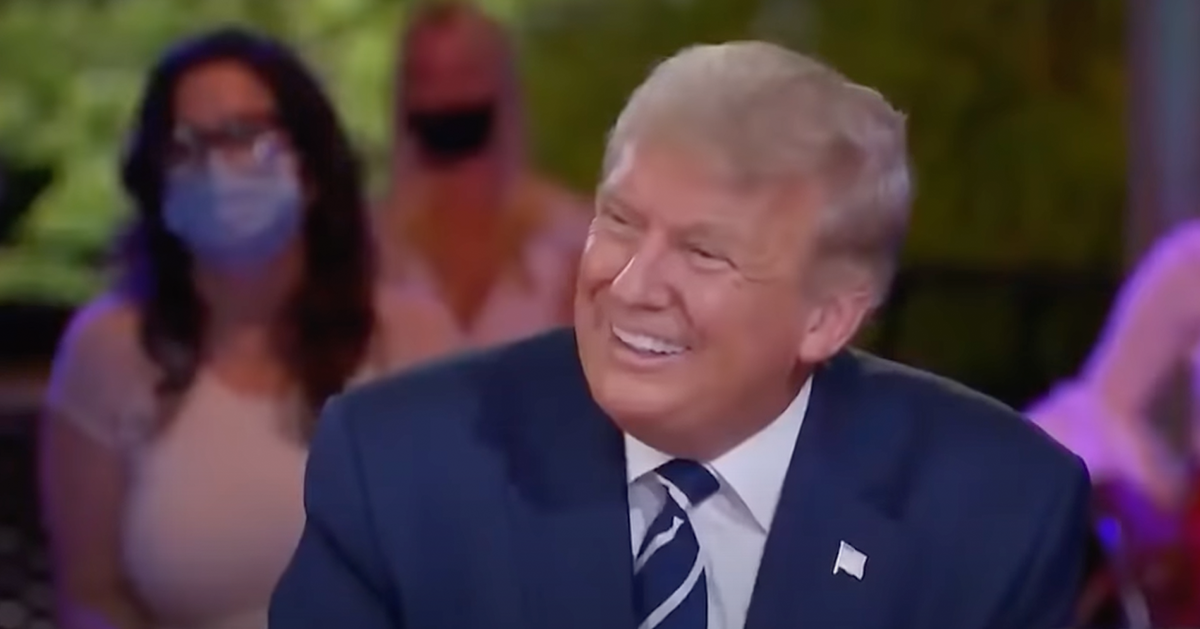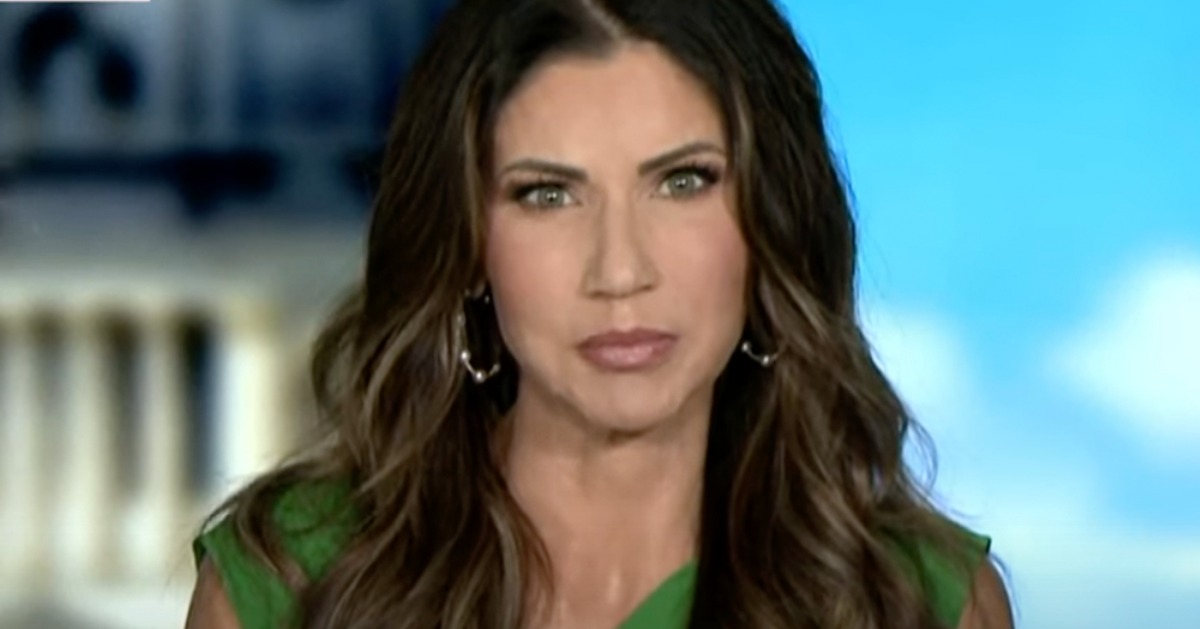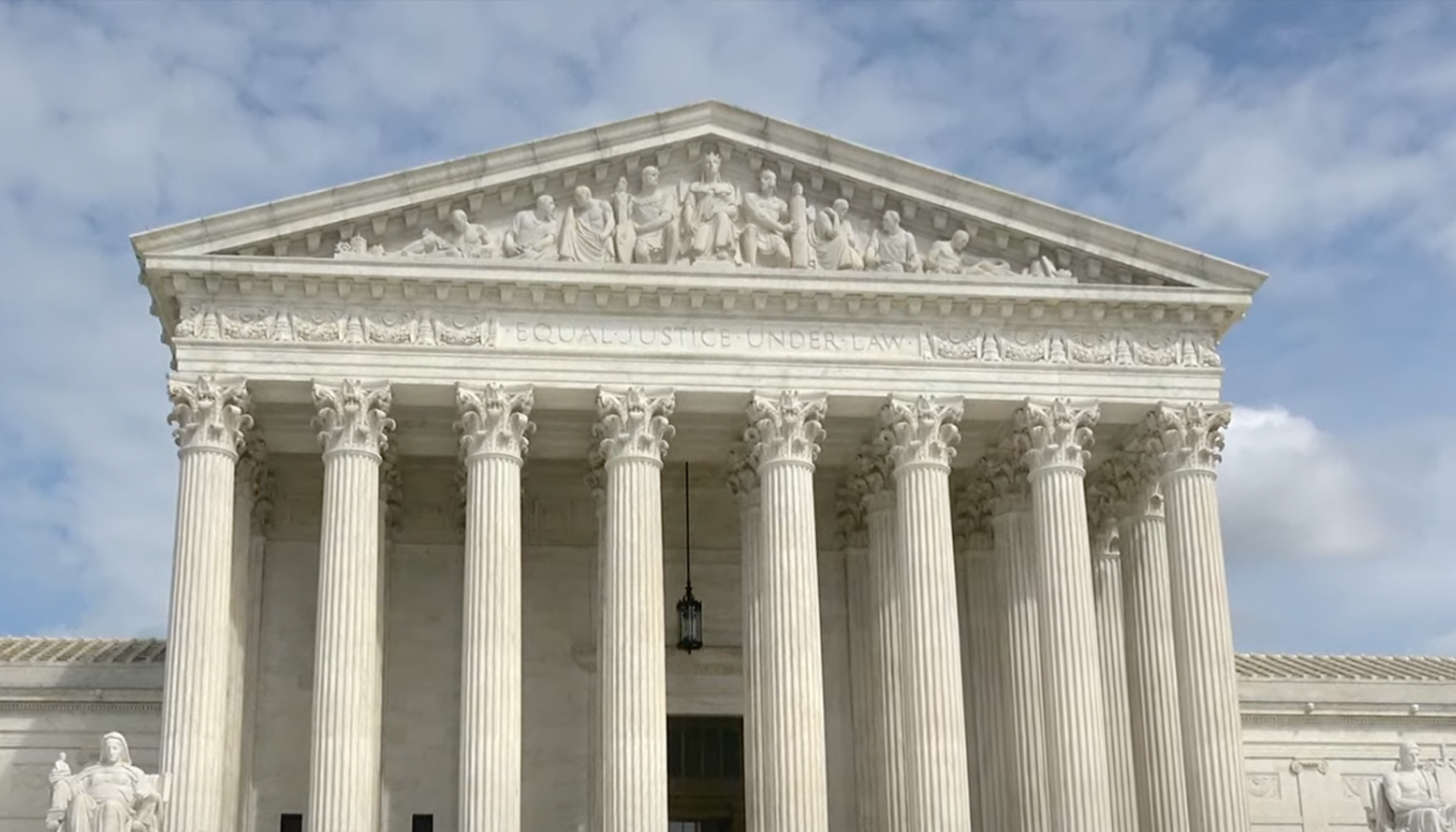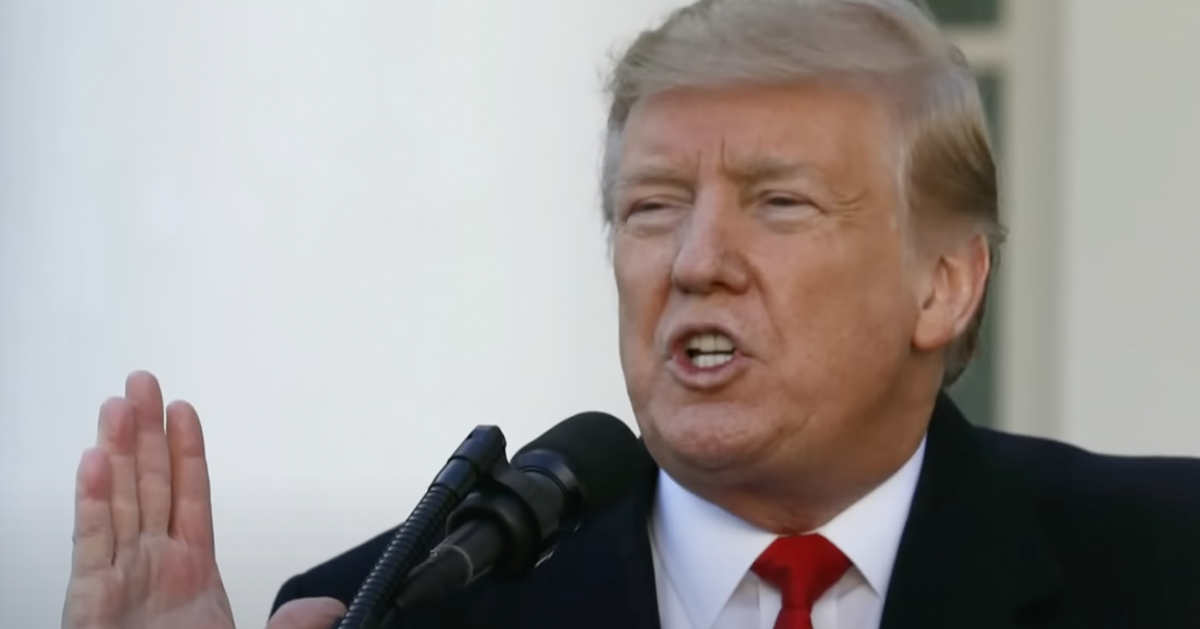Snapchat Declines Trump Reinstatement, Allowing Harris to Gain Edge on Platform
Vice President Kamala Harris has become a significant figure on social media site Snapchat, particularly among young voters, as she takes advantage of former President Donald Trump's absence from the platform.
Harris' ongoing efforts have unfolded amid Trump's inability to use Snapchat for his campaign, something the platform has declined to reverse, as Breitbart reports.
The root of Trump's absence from Snapchat lies in a ban on his personal account that has been in effect since the Capitol unrest of Jan. 6, 2021.
This decision from Snapchat's parent company, Snap, denounced Trump's actions surrounding that pivotal event and denied him access to the platform.
Although Snap extended an invitation to Trump's campaign to purchase advertisements, it was ultimately disregarded, resulting in an all-but-vacant field for Harris to dominate.
Uncontested Space for Harris's Campaign
In contrast, Harris's campaign has capitalized on Snapchat's extensive reach, investing over $5.3 million in targeted advertisements. These ads, set to stirring soundtracks like Beyoncé's “Freedom,” are crafted to resonate with college-aged individuals, aligning with Harris's intention to engage with younger demographics.
Snapchat's relevance as a tool for political engagement is underscored by its user demographics. The platform boasts over 100 million U.S. users, of which 80% are over the age of 18.
This age group contrasts significantly with other major tech applications, thereby highlighting Snapchat's strategic value in reaching Generation Z and millennial voters.
The absence of Trump's campaign investments on Snapchat is a marked departure from his previous campaign strategies. Historically, his team had allocated funds for advertising on this platform. This new avoidance may not only represent a missed opportunity but also hands Harris an uncontested stage to achieve prominence among younger audiences.
Snapchat's Unique Appeal to Millennials
Despite Snapchat not serving as the primary battleground for winning young voters, its personal nature makes it effective for meaningful engagement with this crucial voter segment. Its youthful user base allows for innovative approaches to campaign messages, akin to Harris's efforts.
For Harris, the strategic move to invest significantly on Snapchat represents an attempt to secure a foothold with younger voters and potentially sway their opinions ahead of the 2024 election. Campaign strategies that blend musical elements with relatable themes appear to hold promise in terms of outreach.
Trump's refusal to return to Snapchat, given the chance by Snap to at least invest in advertising, is notable. This decision, coupled with his permanent ban, leaves a gap that Harris's campaign is readily filling with messages tailored to resonate with a digitally connected audience.
Historical Absence of Trump's Campaign
Past election campaigns have seen Trump harness the power of platforms like Snapchat to bolster his voter outreach. Such a contrast with his current choice underscores the changing dynamics of digital campaign strategies in the 2024 election landscape. Revisiting a platform once utilized might have secured additional reach for his message.
Meanwhile, Harris's strategic push on Snapchat exemplifies a broader trend of targeting technological channels with high potential returns in political engagement. Snapchat, in particular, stands out due to its intimate way of weaving campaign narratives into daily interactions among users.
In the absence of Trump's campaign presence, which historically might have competed fiercely, Harris finds a broader canvas to paint her campaign narratives—a strategy that reflects her broader electoral ambitions.
Social Media Integration with Campaign Strategies
As the 2024 election approaches, the emphasis on diverse platforms underscores a pivotal development in political campaign strategies. Snapchat's appeal lies not merely in its massive user base but in how it can creatively deliver messages that resonate with younger voters. This, in turn, fosters a unique kind of political engagement that other social media channels may not offer in the same dynamic manner.
The Harris campaign’s heavy investments in Snapchat also draw attention to the potential shifts in how campaigns might prioritize platforms with substantial youth demographics, seizing on the opportunities where rivals like Trump have absented themselves.
Ultimately, the absence of Trump’s campaign engagement on Snapchat serves as a notable element in the election's unfolding narrative. For Harris, it's a golden opportunity, executed through persistence, investment, and a clearly targeted digital approach to inspire younger voting groups.






